With today’s House GOP vote, Congress is set to bring back a practice that has been banned for the last decade: earmarks. As the House and Senate Appropriations Committees see the ascension of two new chairs, this long-used, often vilified practice is set to return to the legislative branch with a series of institutional safeguards. And while it may come as a surprise to many, the beneficiaries of this new policy will be everyday Americans, across the country.
Throughout much of the 2000s earmarking became synonymous with corruption. After a few high-profile scandals in the early part of that decade, Congress put additional rules into place in order to prevent such abuses. However, the conversation around earmarks was quickly hijacked. Some legislators and activists convinced Americans that earmarks served no purpose, were the cause of budget deficits, ballooned the budget, and were the well of legislative misanthropy.
The reality of earmarks is much different. First, they serve a real purpose, allowing legislators—who well understand the needs of their districts/states—to target funds for important projects that can solve policy problems and create jobs. Second, while abuses happen, the vast majority of earmarks were meant to respond to constituents’ concerns and needs. Third, earmarks have always composed a miniscule portion of the discretionary budget, typically less than one percent, and fall within a chairman’s mark—the top-line number set for an appropriations bill’s cost. Fourth, earmarks did not disappear with the so-called “earmarks ban” in 2011; it simply transferred the behavior to the executive branch or made them more secretive within the legislative branch. Fifth, earmarking is not a Democratic proposal. Democrats and Republicans have endorsed their use. It is also not a liberal proposal, as some of Congress’s most conservative members, like Sen. Jim Inhofe (R-Okla.) have defended their use and opposed the original ban.
In a very direct way, the earmark ban stripped power from the people and their representatives in Congress and made the practice more likely to be corrupted, not less so. Zachary Courser and Kevin Kosar wrote powerfully recently as to why legislators and their constituents should embrace the return of earmarks with appropriate safeguards. They also highlight some of the institutional challenges within Congress that occurred at the same time the earmark ban was in place. My research has highlighted that federal spending power is an ongoing competition between the legislative and executive branches and when Congress fails to direct spending in specific ways, the executive branch performs that duty for them. In that setting, legislative earmarks become presidential earmarks. In that sense, Republican House members and senators who oppose legislative earmarks are working to transfer additional power to allocate federal funds to Democratic President Joe Biden.
Over the course of the 116th Congress, the House Select Committee on the Modernization of Congress worked hard to offer recommendations that would improve the functioning of the institution.[1] One of the issues the committee addressed and ultimately recommended was the reinstatement of earmarks with additional safeguards. Their recommendations included expanding transparency regard disclosing the member requesting earmarks and the recipients, identifying any connections the earmark has to the legislator or his/her family, capping the number of earmarks, and limiting the types of recipients who are eligible, among other requirements. The goal, as the committee report noted was to include “end to end transparency” to allow accountability both in the insertion or earmarks as well as their effectiveness in achieving stated goals.
These efforts are important in two ways. First, they refuse to take the foolish step of throwing out an entire practice because of hyperbole, misinformation, and a few bad actors. Second, it seeks to improve the safeguards around the practice in order to make members more accountable and honest and to rebuild the public’s trust in the process.
It is now up to the House and Senate Appropriations Committees to act on these recommendations and build in the sufficient safeguards necessary to empower legislators to do the work their constituents expect. This new process must ensure that earmarks are used in a transparent, accountable, and forthright manner. It is also important, as part of the discussion around the return of earmarks, for experts, legislators, leaders, and media to have an honest discussion about this practice.
Will earmarking be flawless? Absolutely not; nothing is in government. However, it is important for Americans to weigh the benefits and costs and to evaluate whether the safeguards Congress enacts will protect the process enough for it to continue. The conversation around earmarking should be an ongoing one. Simply putting it into place and enacting safeguards is not sufficient. Congress should continuously reexamine whether earmarking is making a difference in districts/states, whether the safeguards are preventing corruption and malfeasance, and whether systematic biases exist in the system. If problems arise, Congress should consider further reforms to strengthen the system, rather than take a kneejerk response of banning it.
The Committee on the Modernization of Congress suggested changing the name “earmarks” to “congressionally-directed spending”—a moniker that well-reflects what the practice entails. However, whatever the practice is called, Americans need to have faith in it and see the benefits from it. They should also know that the legislative power to earmark is constitutional and an inherent means of limiting the powers of the presidency—an important issue for those skeptical of executive power. And as Congress moves forward with this needed reform, they must be sensitive to the expectations of a public wary of the practice because of decades of bad information.
[1] For full disclosure, in January 2020 I testified before this committee on the topic of earmarks/congressionally-directed spending.
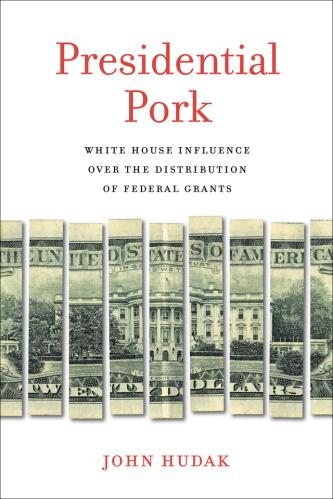

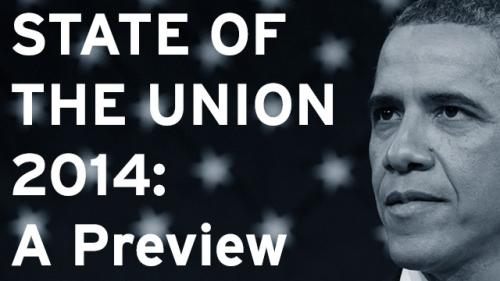
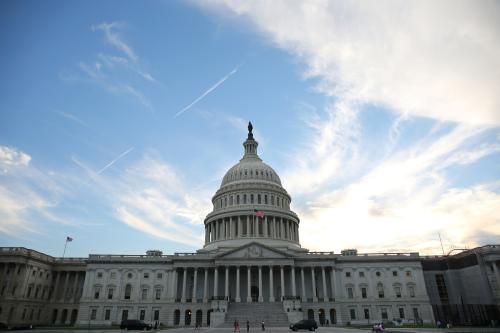

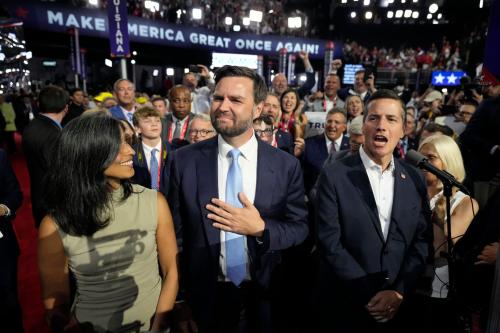

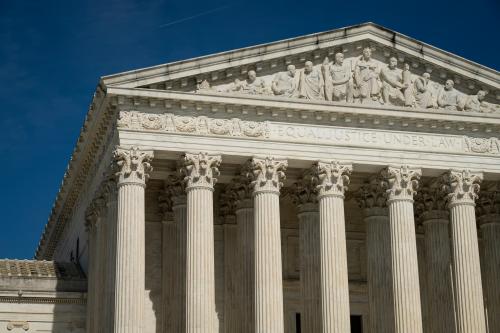
Commentary
Earmarks are back, and Americans should be glad
March 17, 2021